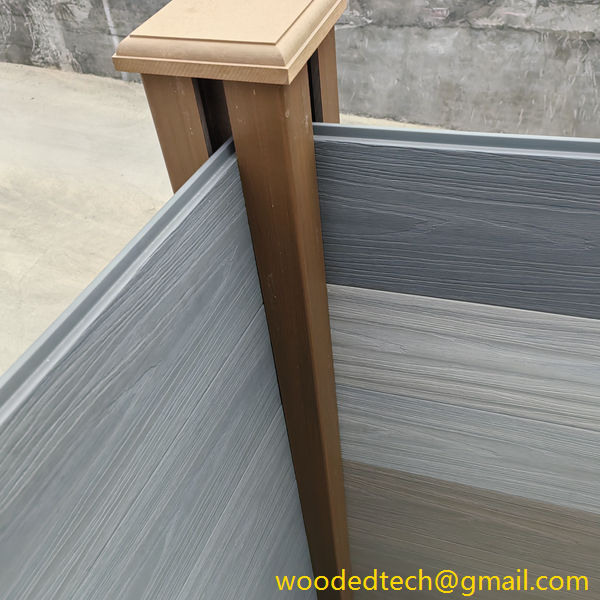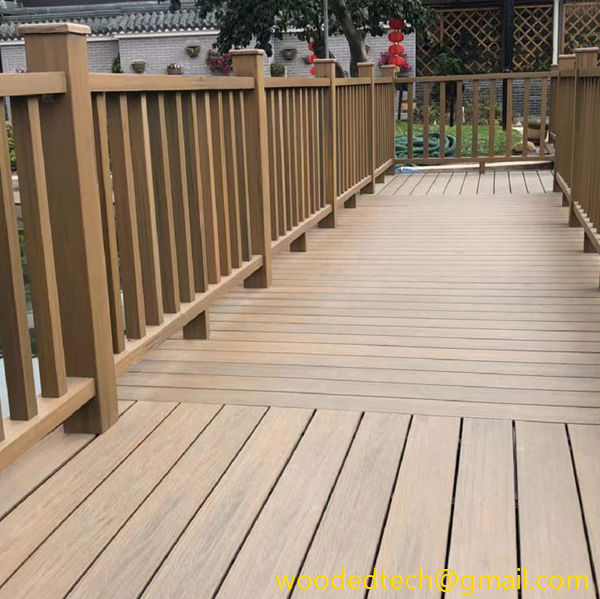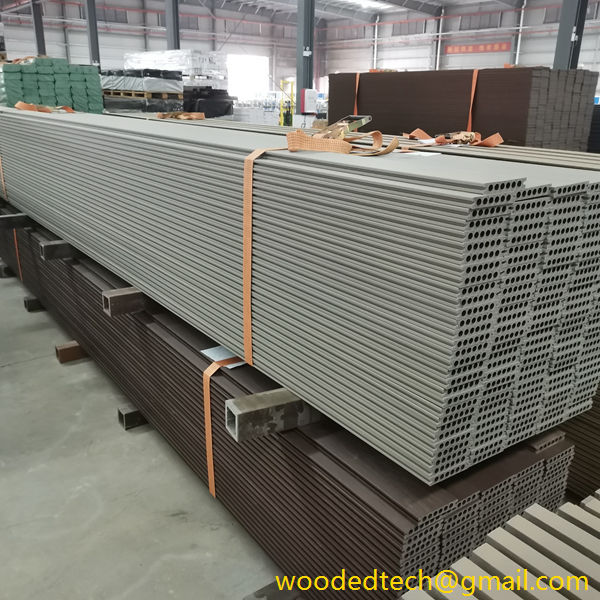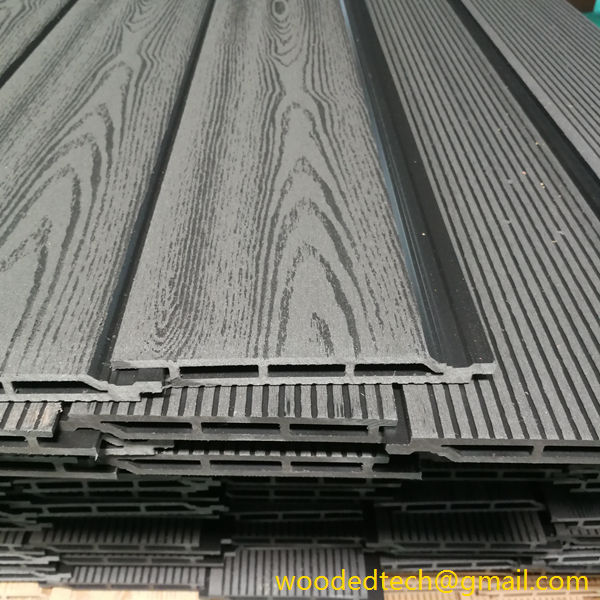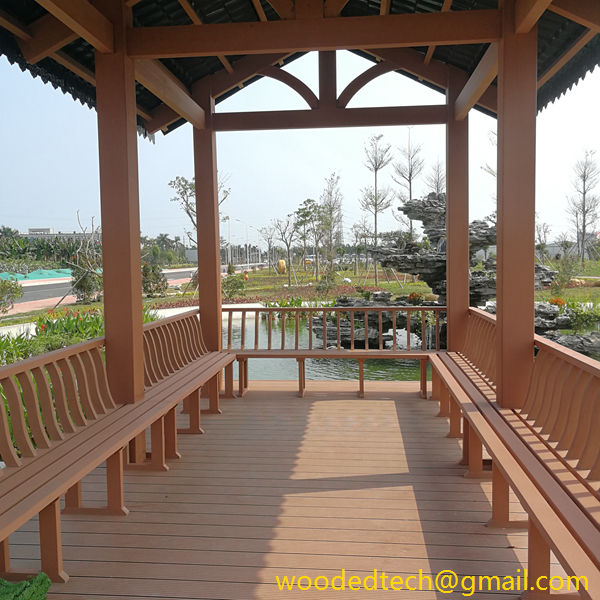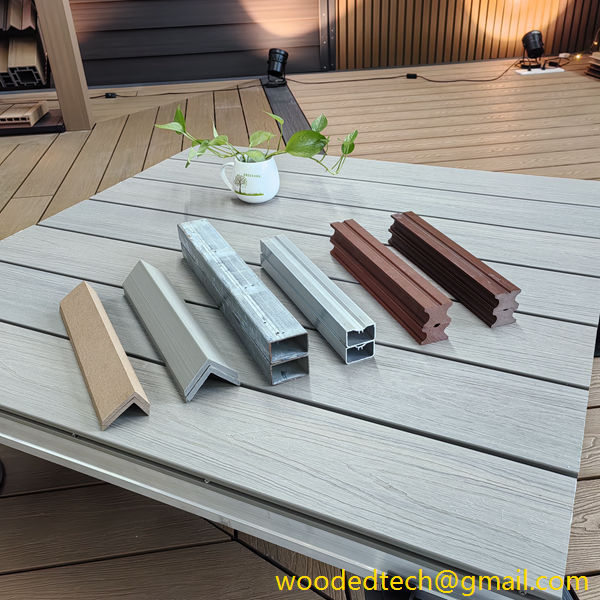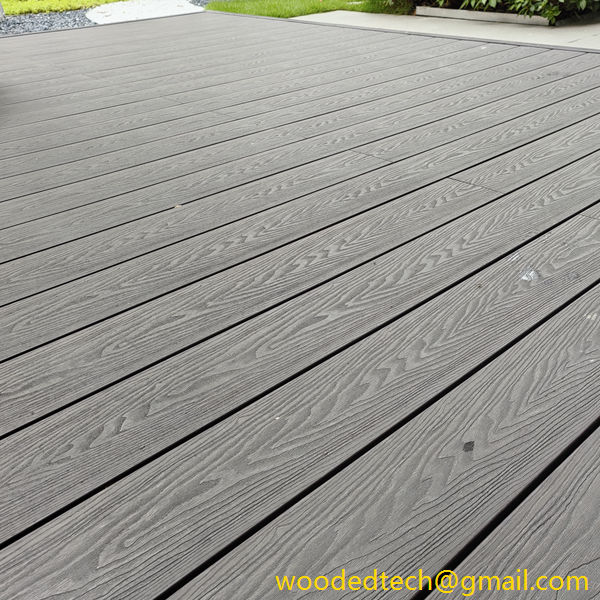WPC Panel Lifespan for Long-Lasting Use
WPC panels, or Wood Plastic Composite panels, have gained significant popularity in recent years due to their durability and versatility. Understanding the lifespan of WPC panels is essential for both installation and maintenance, ensuring that these materials serve their intended purpose effectively over time. This article will explore the factors influencing the lifespan of WPC panels and provide insights into best practices for installation and maintenance that can extend their usability.
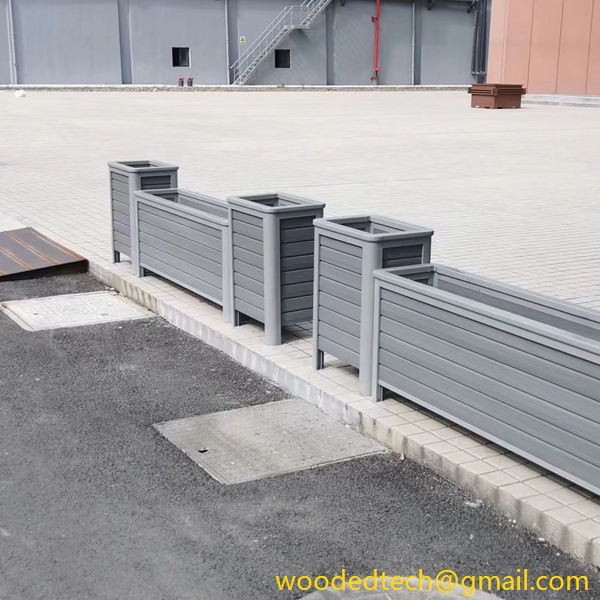
Another critical aspect influencing the durability of WPC panels is their exposure to environmental conditions. WPC panels are designed to withstand the elements better than traditional wood, but they are not entirely impervious to damage from moisture, UV radiation, and temperature fluctuations. Proper installation techniques can mitigate some of these risks. For example, ensuring adequate ventilation and drainage during installation can help prevent moisture accumulation, which is a primary cause of decay and mold growth in composite materials.
When installing WPC panels, it is essential to follow the manufacturer’s guidelines closely. This includes using the recommended fasteners and installation methods, which can vary depending on the panel’s intended use. For instance, panels used for decking may require different installation techniques compared to those used for fencing or wall cladding. Adhering to these specifications not only enhances the aesthetic appeal of the installation but also maximizes the structural integrity of the panels.
Regular maintenance is another critical factor in extending the lifespan of WPC panels. While WPC materials generally require less maintenance than traditional wood, they are not entirely maintenance-free. Periodic cleaning is essential to remove dirt, debris, and stains that can accumulate over time. Using a mild soap solution and a soft brush is usually sufficient for cleaning WPC surfaces. Avoid using harsh chemicals or abrasive cleaners, as these can damage the surface finish and compromise the panel’s longevity.
In addition to routine cleaning, homeowners and property managers should also conduct regular inspections of their WPC installations. This includes checking for signs of wear, such as fading, cracking, or warping. Early detection of potential issues can lead to timely repairs, preventing more extensive damage that could shorten the lifespan of the panels. For instance, if a particular area shows signs of excessive moisture retention, it may be necessary to improve drainage or adjust landscaping features to direct water away from the panels.
Another maintenance consideration is the application of protective coatings. While most WPC panels have some level of UV protection built into their design, applying a protective sealant or stain can enhance their resistance to fading and weathering. This is particularly important for panels exposed to direct sunlight or extreme weather conditions. Depending on the product, reapplication of these protective coatings may be necessary every few years to maintain optimal performance.
Storage and handling prior to installation also play a crucial role in the longevity of WPC panels. Properly storing panels in a dry, shaded area can prevent moisture absorption and warping before they are installed. Care should be taken during transportation and handling to avoid impacts or stress that could lead to damage.
In conclusion, the lifespan of WPC panels can be significantly influenced by factors such as material quality, environmental exposure, installation practices, and ongoing maintenance. By selecting high-quality products, adhering to proper installation techniques, and implementing a regular maintenance routine, homeowners and contractors can maximize the durability and longevity of WPC panels. These practices not only enhance the aesthetic appeal of outdoor and indoor spaces but also provide long-term value by reducing the need for frequent replacements or repairs. With the right care and attention, WPC panels can serve their intended purpose effectively for many years, making them a smart choice for various applications.

